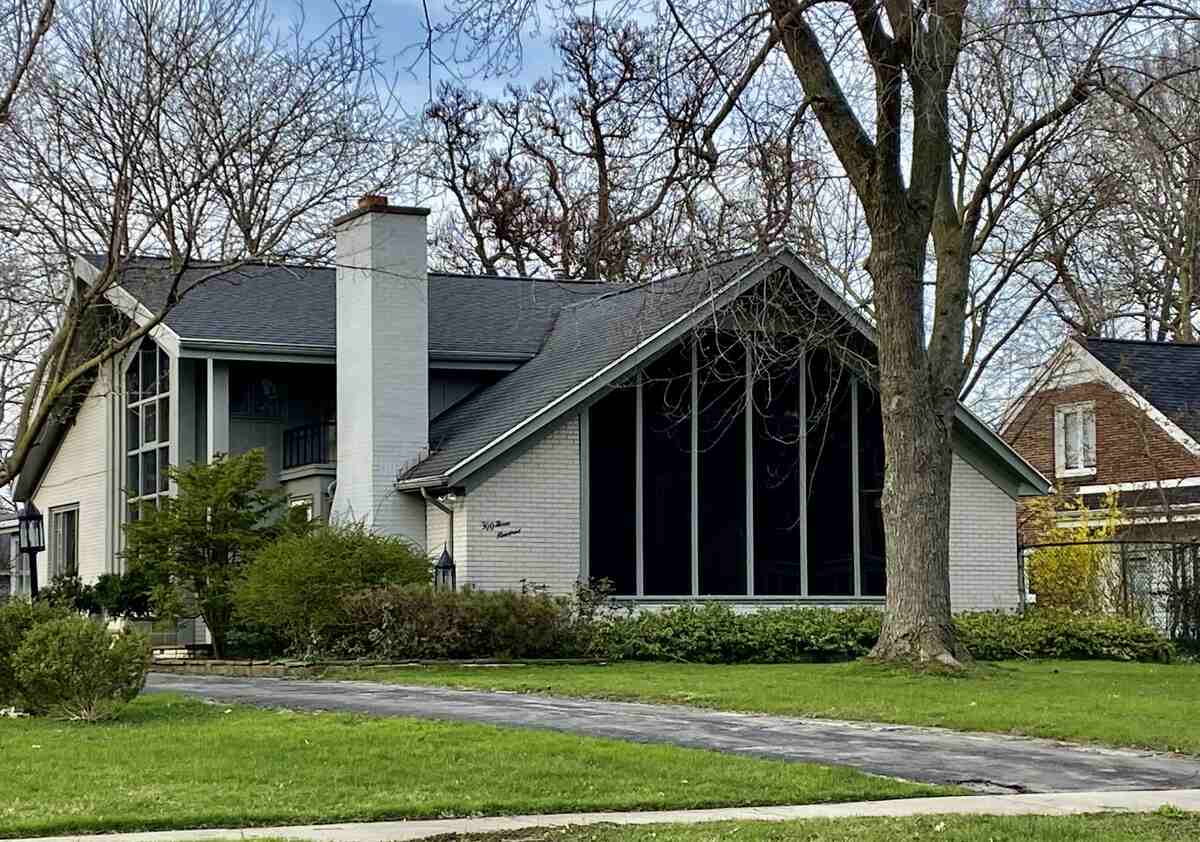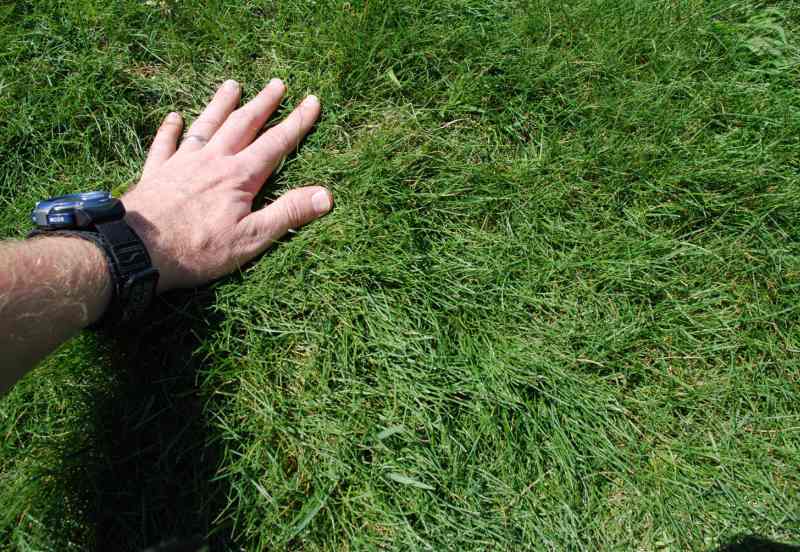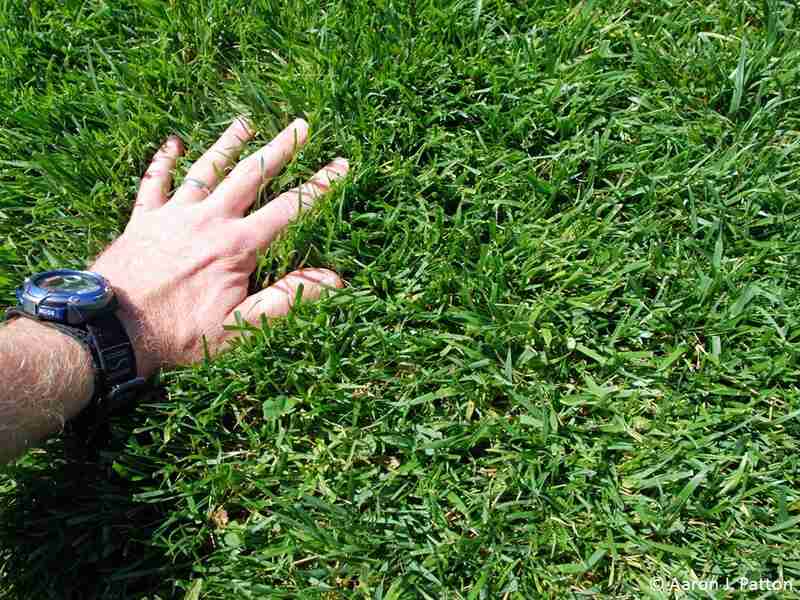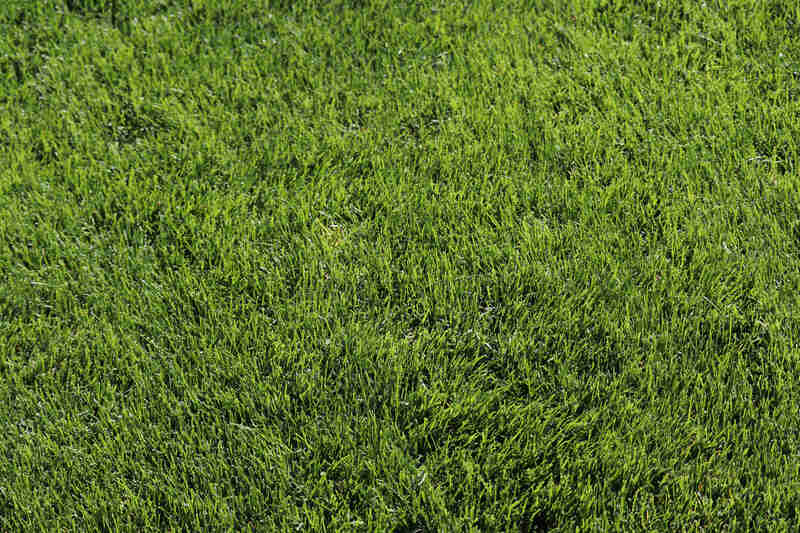

Our big temperature changes can cause massive challenges to maintain a healthy and green grass, but you will have fewer problems if you choose one of the best types of grass for buffalo cauls.
The four best types of grass for buffalo are all cold seasonal pastures: fine festuca, high festuca, Kentucky Bluegrass and perennial regrass.
Use this grass cultivation guide to bring your grass to new and beautiful heights.
1. Fasco Fina


Phto credit: Aaron J. Patton, Ph.D. / Spinstle specialist at the University of Purdue
While everyone wants a grass that receives a lot of daily sunlight, unfortunately for many houses, this simply cannot be the case. Many times, a grass sections can only receive 4-8 hours of daily sunlight. For a grass like this in Buffalo, Fine Finese Pastures can be the best solution for those shaded areas that cover their patio. Fine feasts consist of some of the best herbs available for the grass, and their shadow tolerance is almost unbeatable.
This category of grass includes dragged red feast, chewing feast, hard festuca and sheep feast grass. When choosing a mixture of seed seeds, make sure the mixture is 100% festival for the best results. Fine Festuca seeds grow in approximately 21-50 days, one of the fastest growing rates that exceed many Bluegrasses, and requires the least amount of fertilization and care. It is strongly recommended that these seeds are raised in autumn, however, spring months will also work.
Césped cutting height: 1/4 to 1/2 inch
Grass seed options:
– Fine exterior press legacy festile herb seed (5 pounds)
– Eretz Fine Fine Red Festuca Eretz (Choose your size)
– Fine fine fine fine fine fine fine fine fine fine feast of fine fine fine fine. (25 pounds)
– Out of the host feast grass premiums (10 pounds)
2. FESCUE TRILLA


Photo credit: Aaron J. Patton, Ph.D. / Spinstle specialist at the University of Purdue
For houses in the Buffalo area that receive more sunlight than the average, which means that from 6 to 8 hours of direct daily sunlight, a mixture of high feast can also be a better and more beautiful option. High festives are well known for their ability to adapt to colder climates, and many high festures also have good shadow tolerance, compared to Bluegrasses.
The varieties of tall festures include darker green colors, with narrower blades and cold tolerances, heat, drought and shadow. The high festives require relatively low maintenance, so for a grass that receives at least 6 to 8 hours of direct sunlight daily, this may be the best option. Try to plant a mixture of 100% high feast between the months of September and November to obtain better growing results, taking only 21 to 30 days to establish seedlings.
Césped cutting height: 1/4 to 1/2 inch
Grass seed options:
– Mixture of Triple Game Festuca Herb seeds (5000 square feet)
– Eretz Kentucky 31 k31 high feast grass seed (Choose your size)
– Pennington the rebels mixture of seeds of feast of the rebels (7 lb)
3. Kentucky Bluegrass


Photo credit: Shuttersock
For those who are more proud of the practical maintenance of their Céspedes, Kentucky Bluegrasses can be the perfect option. These herbs create lush and dark green with wear. However, Kentucky’s Bluegrasses are known for having a poor shadow tolerance, so make sure your grass receives at least 6 to 8 hours of daily sunlight. These herbs also take a long time to grow, taking between 30 and 90 days to grow in seedlings.
To obtain the best results, try to plant a 65% mixture of Kentucky Bluegrass, 15% of perennial centeno pastures and 20% of fine feasts. As with the pastures of Festuca, propose this mixture between September and November. However, as a warning, this grass mixture will require more work than other pastures, require more fertilizers and irrigation than only festives in the area, but hard work is worth beauty.
Césped cutting height: 1/4 to 1/2 inch
Grass seed options:
– Jonathan Green (11970) Blue Panther Kentucky Bluegrass Hierba Seed (3 lbs.)
– Seedranch Midnight Kentucky Bluegrass Seed (5 pounds)
– Jacklin Seed – Bartmore Blue Blend – 100% Kentucky Bluegrass (5 pounds)
4. Perennean Ryegrass


The last type of grass recommended for zone 6a of USDA resistance is the category of perennial Rygraase. These herbs are often used to supervise, since they have the fastest growth rate of the other colder climatic grass options, which become seedlings in 14 to 21 days. Centeno perennial herbs have surprisingly high tolerances for wear, but they can only support small amounts of shadow, so make sure your grass receives at least 6 to 8 hours of direct sunlight daily.
Césped cutting height: 1/4 to 1/2 inch
Grass seed options:
– External perennial rengrass seed (5 pounds)
– Eretz Proturf Perenne Ryegrass Fine Finse Seed (Choose your size)
Do you need help to choose the correct grass type? Visit our Buffalo Lawn Care page to get in touch with a professional! In addition to Buffalo, we provide lawnful services to New York cities, including Rochester, Albany and Syracuse.
Lawstarter participates in the Amazon Services LLC Associates program, an affiliated advertising program. Lawstarter obtains income from products promoted in this article.
Main photo credit: Flowflower Andre / Wikimedia Commons / CC by-SA 4.0







